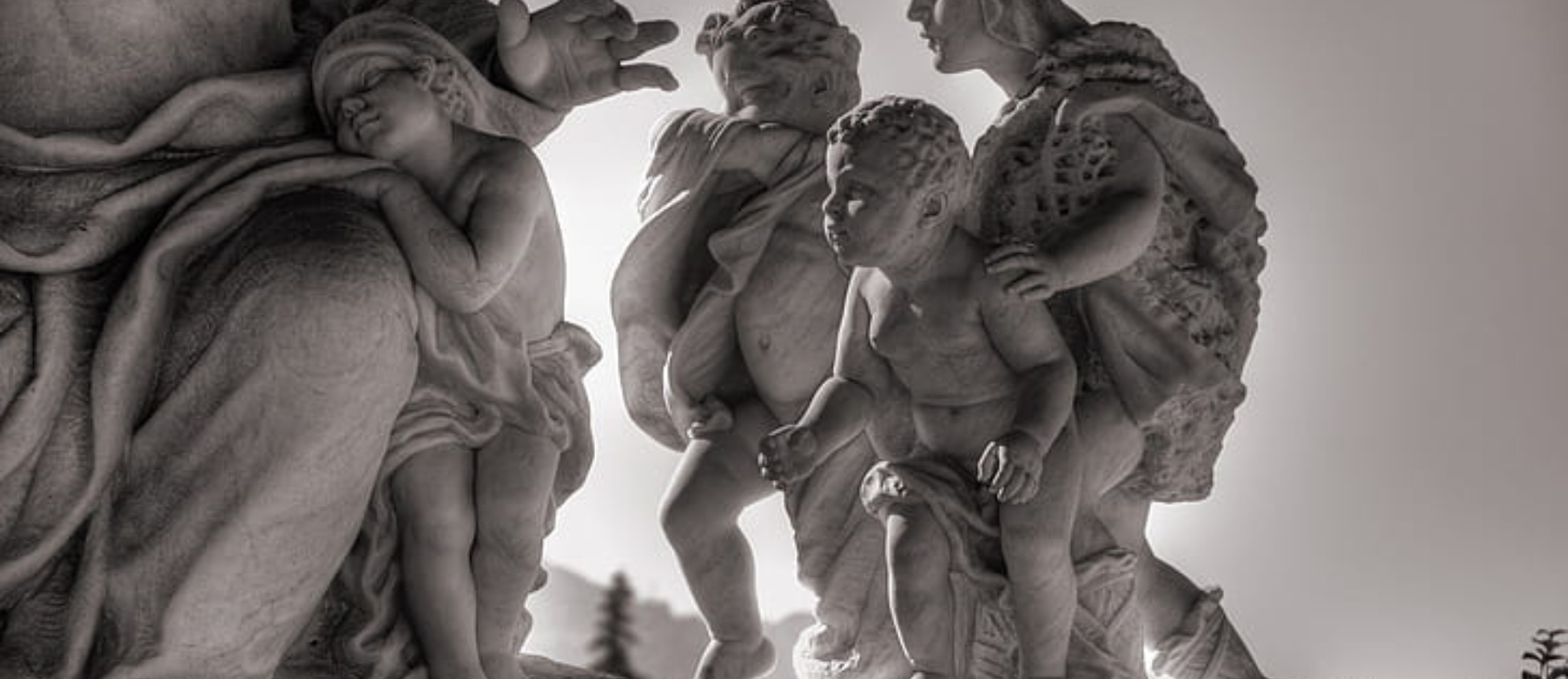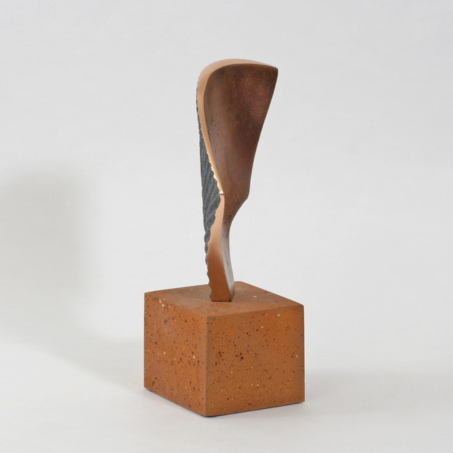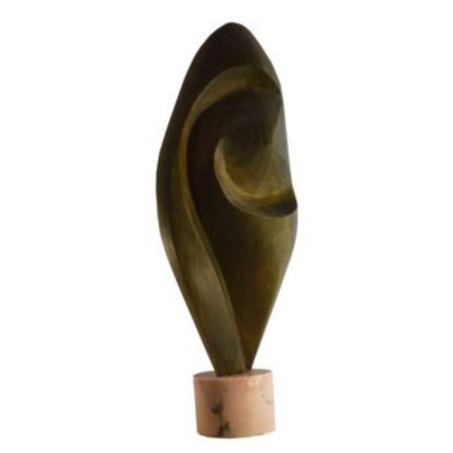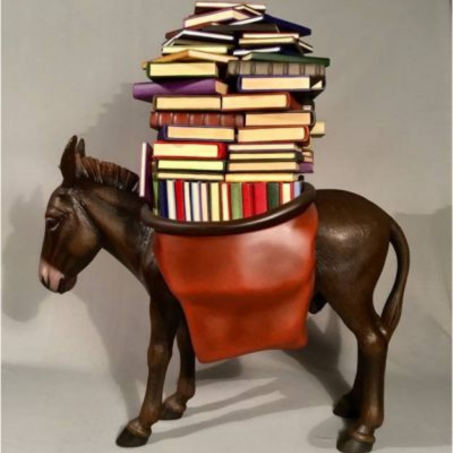Sculpture

Sculpture may very well be the earliest art form, as carved/etched rocks in the shape of humans and animals predate the oldest known cave paintings. For example, an ivory carving of a woman known as the “Venus of Hohle Fels” may be as old as 40,000 years, and examples of what may be ‘pre-sculptural’ forms date as far back as 230,000 years. Ancient civilizations of Egypt, Mesopotamia, and Minoa also yielded fine examples of figurative sculpture, but the art form flourished in the hands of the ancient Greek sculptors, whose lifelike works would eventually influence the masters of the High Renaissance. Prior to this, however, sacred figures dominated Gothic sculpture in 12th century Europe in the form of reliefs and statues for grand-scale cathedrals. In the 14th and 15th Century, interest in Greek classicism took hold and religious-themed sculptures shared the stage with sculptural portraits, tombs, animal statues, and works based on Greek mythology.
Sculpture adds a new dimension to the beauty of a living space and so does our beautiful and exquisite collection of metal sculptures, wood sculptures, ceramic sculpture, brass sculptures and steel sculptures. A sculpture placed strategically can add a lot of drama to the interior setup and create a strong connection between living spaces. Every art enthusiast needs a famous sculpture in his living space to keep invigorating one’s creative dimensions. Cape Fear Tatto boasts of a diverse range of art and famous sculpture for sale. Our modern contemporary sculptures are designed to appeal to any and every kind of décor thereby lending an element of surprise to the surroundings. Browse and choose from our exquisite collection of famous sculptures and various scintillating sculpture for sale to give the much-needed facelift to your surroundings.
A sculptor can achieve his desired results by either subtractive techniques (i.e. chipping or carving material away, as with stone or wood) or additive techniques (i.e. adding material, as with clay or wax). Once the desired form is achieved, depending on the medium, the sculpture is either complete or extra processes are required. If the sculptor is creating a cast metal work (such as a bronze), a cast must be made of the sculpted model (usually made of wax) and molten metal poured inside the mold. Such methods include lost-wax casting, investment casting, and sand casting. Artists may create free-standing sculptures “in-the-round,” or reliefs—a sculpture that projects (in varying degrees) from a two-dimensional surface. Some works, such as assemblages, are created from found objects which are fused together by the artist to create the desired composition. Other works known as kinetic sculptures involve an element of physical motion, either naturally or artificially generated.
Our Sculpture Collection

Fine Art Sculpture

Home Decor Sculpture

Fiber Glass Sculpture

Fine Art Clay Sculpture

Fragment Sculpture


